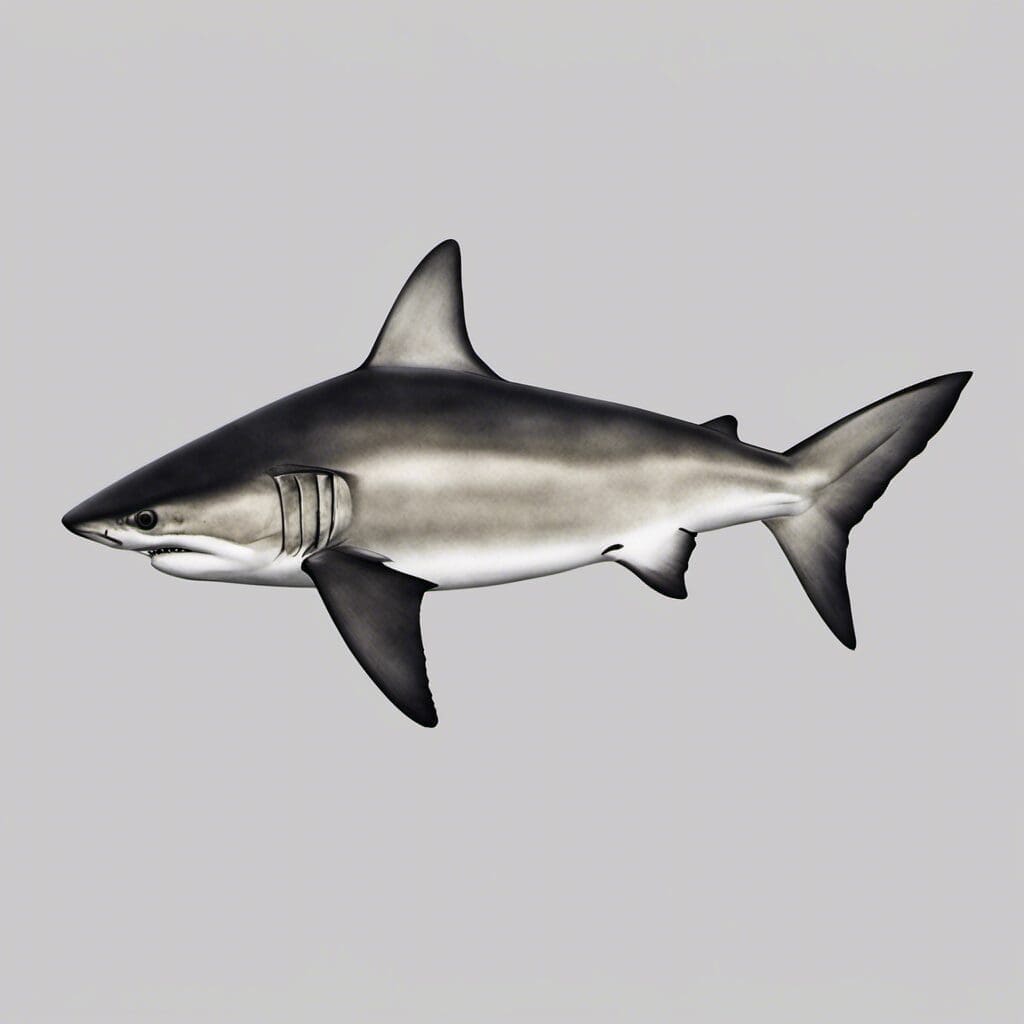The Tope Shark, scientifically known as Galeorhinus galeus, is a member of the Triakidae family. This sort of shark is one of the most widespread species, living in oceans around the world. The Tope Shark is known for its streamlined body and large, pointy snout.
Conservation Status
According to the International Union for Conservation of Nature (IUCN), the Tope Shark is considered Vulnerable globally. Overfishing, both targeted and as bycatch, is the primary threat to the Tope Shark. Conservation efforts involve increased regulation and management of fishing practices, particular in areas where their populations are significantly threatened.
Statistics
| Measurement | Average | Range |
|---|---|---|
| Length | 1.5 meters | 0.9 – 2.0 meters |
| Weight | 20 kg | 10 – 25 kg |
| Average Lifespan | 55 years | |
| Max Speed | 31 km/h |
Distribution
Tope Sharks are found in oceans globally, from the chilly waters of Alaska and Canada down to the warmer regions of Chile and Argentina. They exhibit a migratory pattern, moving towards polar regions during the summer and towards the equator during the winter.
Habitats
The Tope Shark is a saltwater species that is most often found along continental or insular shelves at depths ranging from 0 to ~550 meters. They can tolerate a wide range of water temperatures but are more commonly found in cooler waters.
When and Where to See
Tope Sharks are more likely to be seen during the summer months when they migrate towards cooler, more polar regions. They are active at all times of the day and night, but are known to migrate vertically within the water column, likely in search of prey.
Best Fishing Locations
- Monterey Bay, California, USA
- Sussex, England
- St. Vincent Bay, New Zealand
- Taunton River, Australia
- Vancouver Island, Canada
- Falkland Islands
- Galapagos Islands, Ecuador
- Esperanza Inlet, Chile
Fishing Tips
The best way to find Tope Sharks outside of known fishing spots is to look for areas where their common prey species are abundant. Clams, squids, and various fish species serve as their primary food source.
How to Catch
Preferred bait for Tope Sharks includes clams, squid, and mackerel. Anglers often use bottom fishing techniques as this species tends to stick closer to the sea floor. Early morning or late evening tend to be the most successful times for fishing.
Identification Guide
Tope Sharks are typically grey or brownish-grey, often with a slight green tint. Their bellies are blanched white. They are distinguished by their large, pointed snouts and long slender bodies. Tope Sharks are also distinguishable by their very large dorsal fin and smaller second dorsal and anal fins.
Culinary Details
Tope Shark meat is considered a delicacy in some countries. When prepared properly, it provides a medium-firm texture and a mild, slightly sweet flavor. Popular recipes include beer-battered Tope Shark and Tope Shark curry. Always remember to properly cook shark meat to avoid any risk of foodborne illness.
Additional Information
Tope Sharks are known to be solitary creatures. They are primarily piscivorous, feeding on bony fish. They pose no threat to human beings and there have been no recorded incidents of Tope Sharks biting humans. The main predators of the Tope Shark are larger shark species and marine mammals like seals and Orcas.
References and Further Reading
To get more information about the Tope Shark, you can check the following resources:

